Product
Product
Auto Suspension Systems
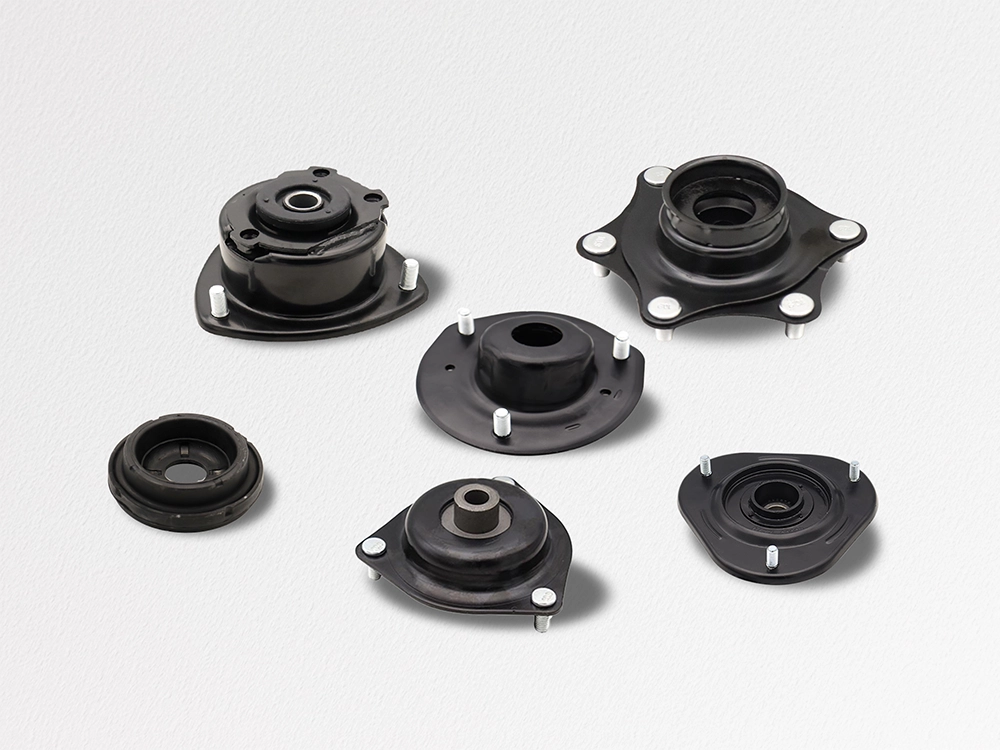
Strut Mount
High quality Rubber more than 1000 sku.
Strut mount Is a component connecting the suspension strut to the vehicle body. It buffers road shocks, reduces vibrations/noise, and aids steering (via bearings in front mounts). Common issues: rubber aging, bearing wear. Maintain by checking regularly and replacing every 50,000 miles approx.
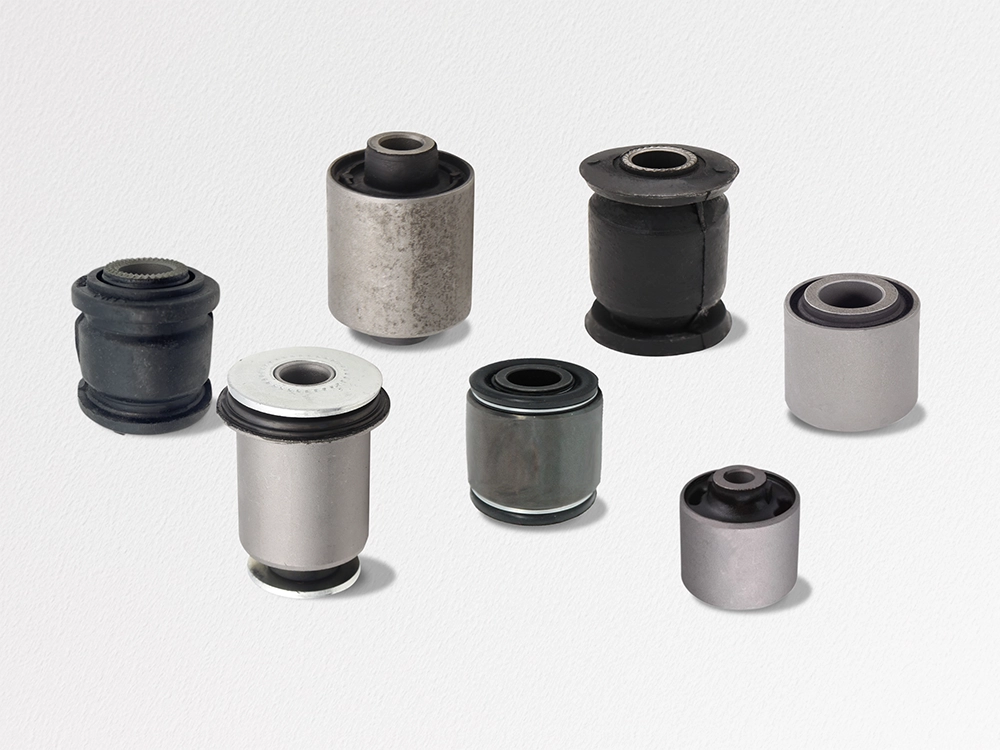
Bushing
More than 500sku
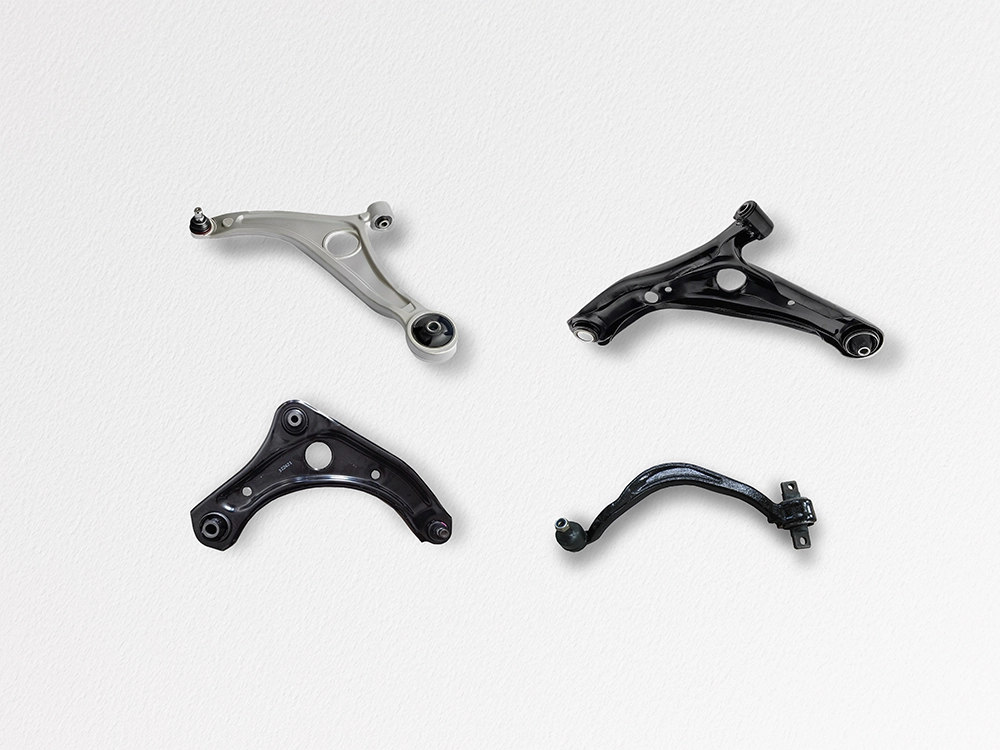
Control Arms
More than 1000sku
Control Arms are key suspension components connecting wheels to the chassis, transmitting forces and controlling wheel movement. They adjust alignment via ball joints/bushings for better handling. Common types: double wishbone (precise control) and MacPherson (compact). Made of steel/aluminum. Inspect bushings/ball joints for wear regularly and replace if damaged.
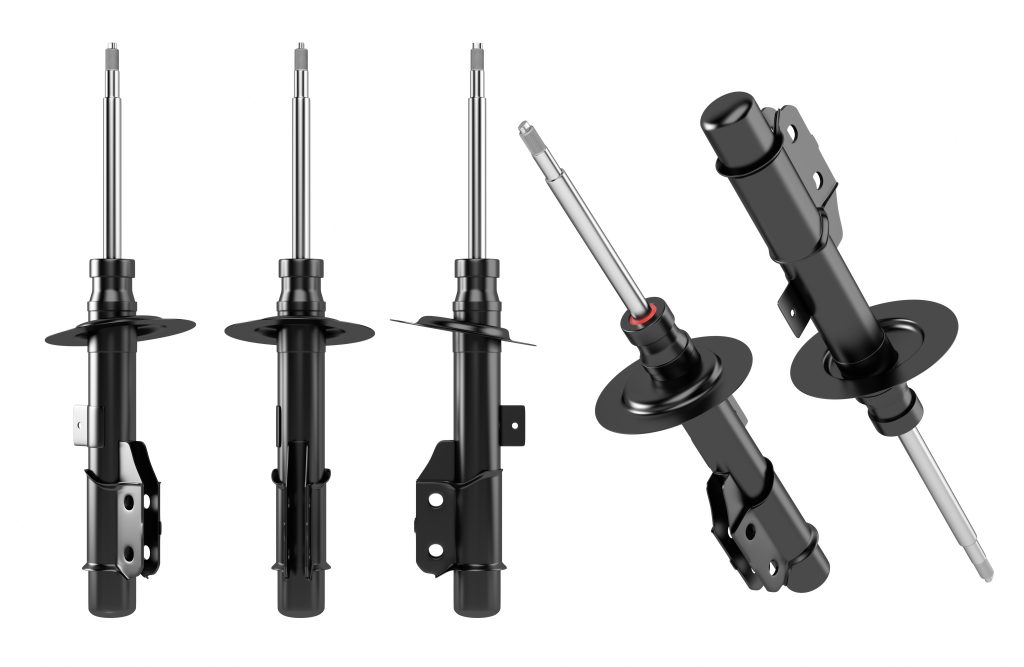
Shock Absorber
high quality 1000sku
Shock Absorber is a key suspension component that absorbs road impacts and dampens spring oscillations, enhancing ride comfort and tire stability. It converts kinetic energy into heat via internal oil/gas damping. Common types include hydraulic, pneumatic (e.g., nitrogen), and electromagnetic. Replace promptly if leaks, noises, or excessive bouncing occur to maintain performance.

Ball Joints
high quality 1000sku
Ball Joints are critical movable components in vehicle suspension systems, connecting control arms to steering knuckles. The spherical design allows wheels to pivot freely during steering and vertical movement. Composed of a ball stud, socket, and dust boot (usually steel/aluminum), they transmit driving/braking forces and maintain wheel alignment. Types: fixed (handles vertical loads) and floating (aids steering). Inspect regularly for dust boot damage or play; replace worn joints to ensure handling safety.
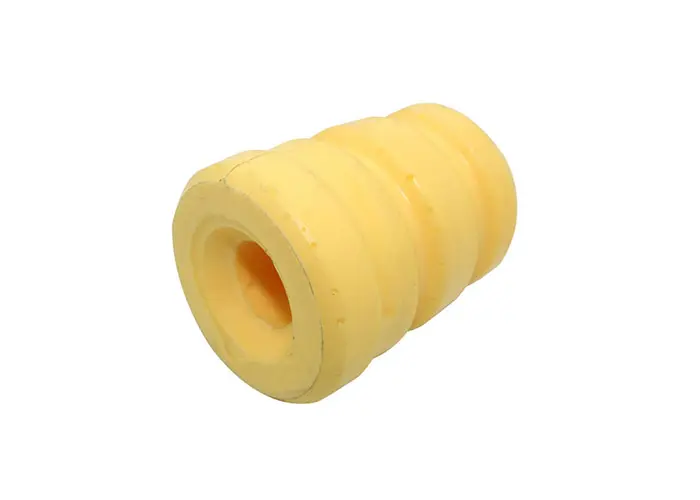
Rubber Mountings
high quality 1000sku
Rubber Mountings are elastic components in vehicle suspension and body systems, combining rubber and metal to dampen vibrations, reduce noise, and cushion road impacts. They use rubber’s flexibility for displacement compensation while limiting excessive movement. Types include compression, shear, and composite, with hardness tailored to applications. Aging, cracking, or debonding occur over time; inspect regularly and replace if loose or noisy to ensure ride smoothness and handling.
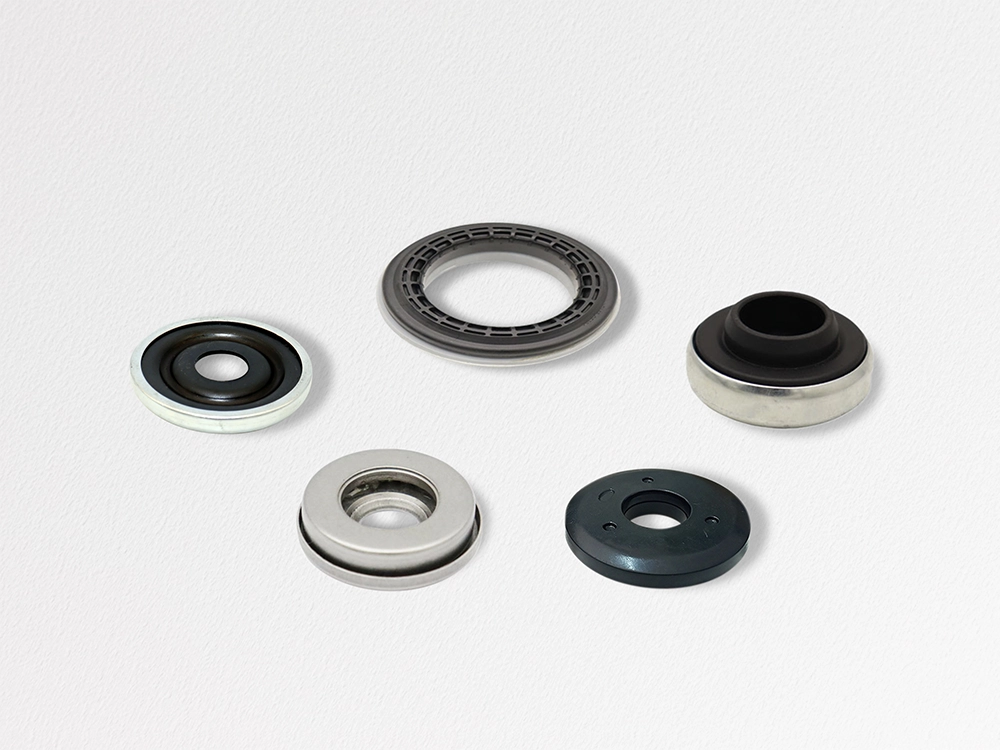
Suspension Strut Bearings
high quality 1000sku
Suspension Strut Bearings are key components connecting the shock strut to the vehicle body in the suspension system. Located at the top of the strut, they allow flexible rotation during steering while bearing vertical loads. Typically consisting of ball/roller bearings, a pressure plate, and a dust cover (some with integrated rubber bushings), they reduce steering friction, ensure smooth cornering, and help dampen vibrations. Inspect and replace promptly if steering noise, resistance, or dust cover damage occurs to prevent suspension degradation and safety issues.
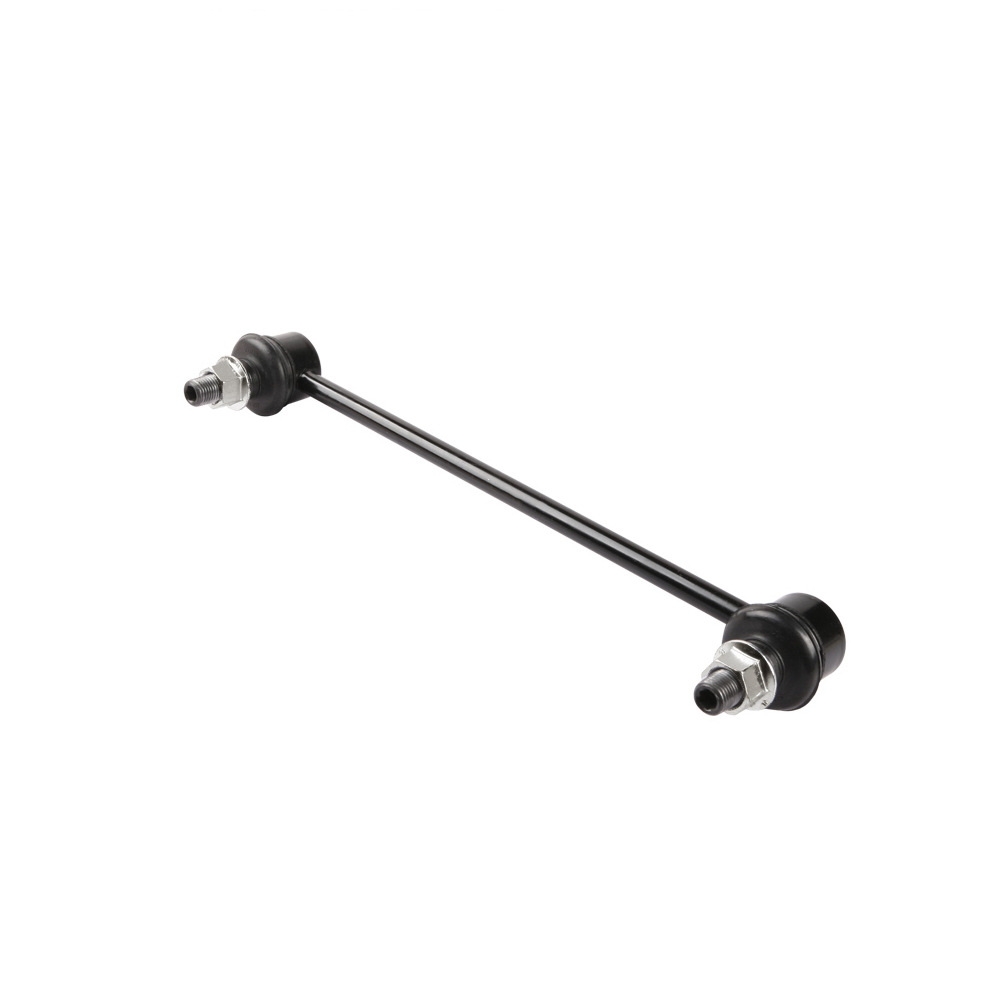
Stabilizer Links
high quality 1000sku
Stabilizer Links are components connecting the anti-roll bar (stabilizer bar) to the wheel suspension in a vehicle. Typically consisting of a rod, ball joints, and bushings, they transmit the anti-roll bar’s torque during cornering to balance forces between left/right wheels, reducing body roll and improving handling. The links pivot via ball joints as wheels move vertically or steer, coordinating stabilizer bar and suspension motion. Worn ball joints or aged bushings from long-term use can cause noise or loose handling; regularly inspect for tightness and wear, replacing damaged parts to maintain suspension performance.
Auto Engine Systems
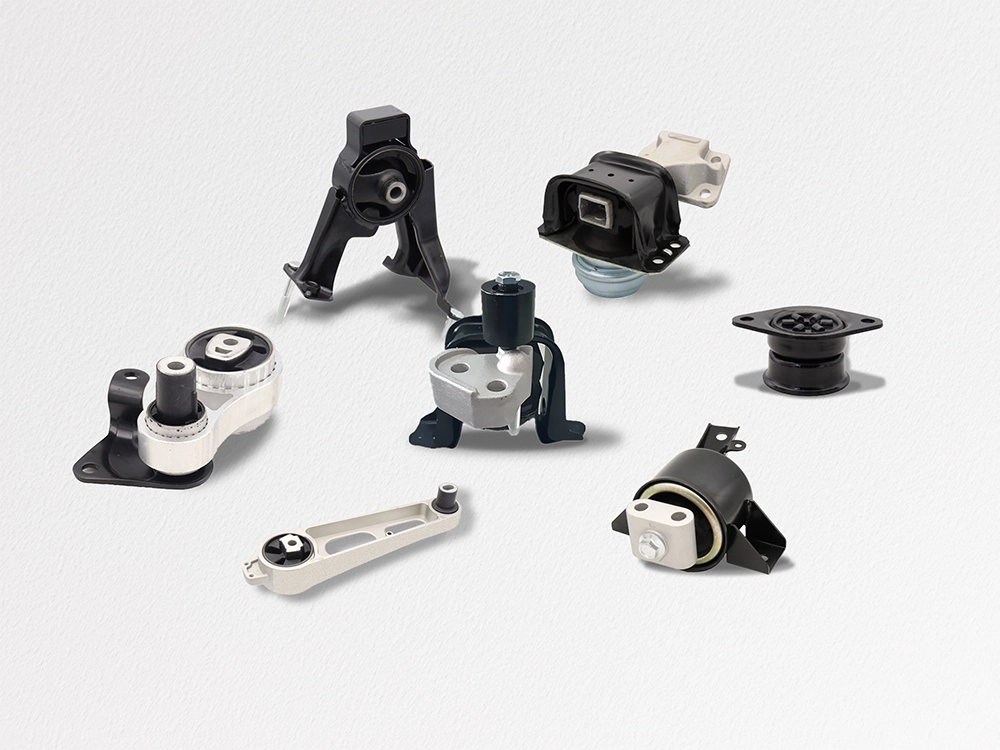
Engine Mount
high quality 1000sku
Engine Mount is a component supporting the engine and connecting it to the vehicle body, composed of metal brackets and rubber/hydraulic bushings. It secures the engine, absorbs vibrations/noise, and buffers impacts. Types include rubber, hydraulic, and active ones. Check promptly for cracked rubber, oil leaks, or loose bolts, and replace with specified parts to maintain powertrain stability.
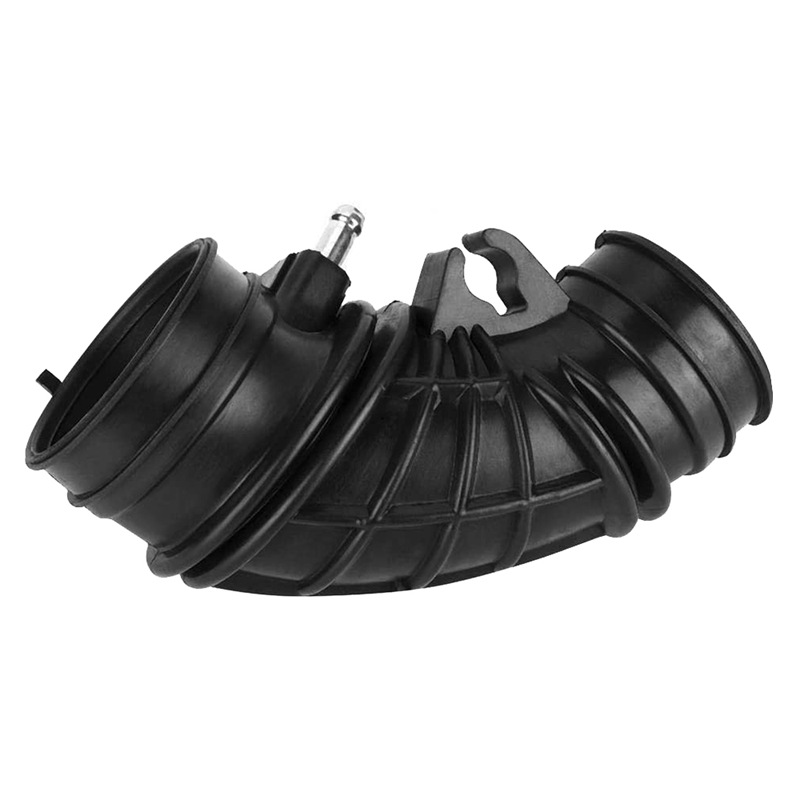
Intake Hose
high quality Rubber
Intake Hose is a flexible tube connecting the air filter to the engine intake manifold, delivering clean air. Made of rubber, silicone, or reinforced composites, it withstands vibration, temperature, and air pressure. Aging, cracks, or loose clamps can cause air leaks, affecting engine performance and fuel efficiency. Regularly inspect for wear and replace with properly sealed, compatible parts.
Auto Electrical Systems

Oxygen Sensor
Oxygen Sensor monitors oxygen in exhaust, feeding back to ECU to adjust air-fuel ratio for efficient combustion and emission reduction. Types include zirconia, titanium, and wide-band. Upstream controls air-fuel ratio; downstream checks catalytic converter. Fouling or aging causes high fuel consumption and poor emissions. Replace with vehicle-specific specs after regular checks.
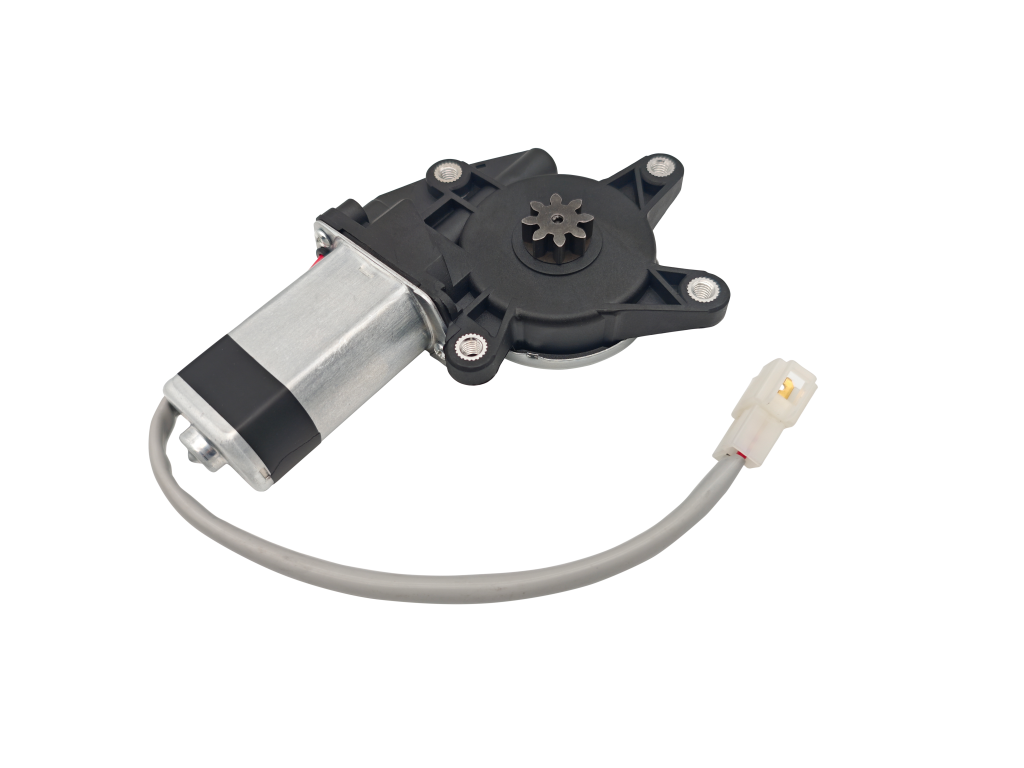
Windows Motor
Windows Motor is the core drive component of power windows, typically a DC motor linked to lifting mechanisms via a gearbox for window movement. Built-in limit switches control travel, with materials designed for vibration resistance and wear. Noises, jams, or failures may stem from worn carbon brushes, gear slippage, or electrical issues. Check wiring and lubrication, and replace with vehicle-specific models.
Auto Steering Systems
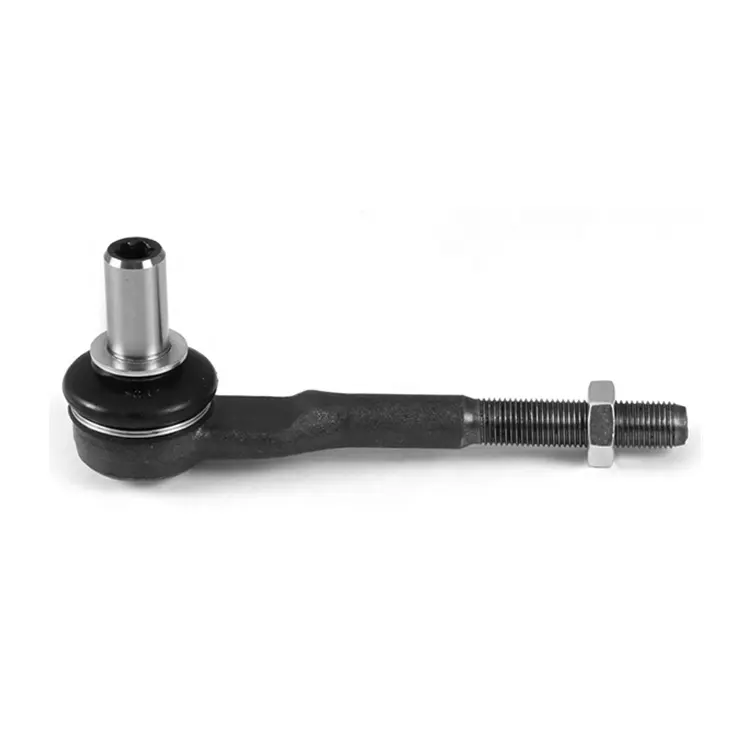
Tie Rod
Tie Rod is a key steering component connecting the steering gear to the steering knuckle, transmitting steering force for synchronized wheel movement. Composed of inner/outer rods and ball joints, the outer ball joint is protected by a dust boot, with adjustable types for toe alignment. Worn or loose ball joints cause noise and tire wear; inspect play and boot condition regularly, and re-adjust toe after replacement.

Tie Rod End
Tie Rod End are hinged components at both ends of the tie rod, including inner and outer ball joints. The outer joint connects to the steering knuckle, while the inner links to the rod. They enable universal movement via ball pins to transmit steering force. Worn dust boots or joints cause noise and tire wear; check play regularly and re-align toe after replacement.
